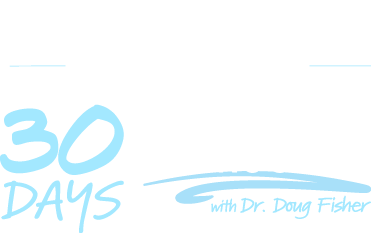

“Expert teachers develop a skill of noticing what their students need. They have ways of thinking about where their students are successful and where their students still need instruction.” –Dr. Doug Fisher
On Day 11, Dr. Fisher emphasizes the importance of “teacher noticing” and developing skills to notice where students are successful and where they still need instruction. He says, “We want to slow down and think about what our students still need from us, not march through the curriculum without paying attention to how students respond to our instruction.” This session delves into noticing students’ strengths and challenges in their work to help plan teaching points.
Engage students in another close reading experience with complex text.
For the first read, ask students to read for flow to get the general understanding of what the text is mainly about.
For the second read, have them annotate the text to practice repeated reading. Consider using the annotation techniques presented in the video:
After your lesson, consider using the Learning Log to reflect on how your students annotated their text.
This chart can be used to analyze a class set of annotations and identify trends and instructional needs.
This log can be used to capture new learnings as you develop close reading techniques.